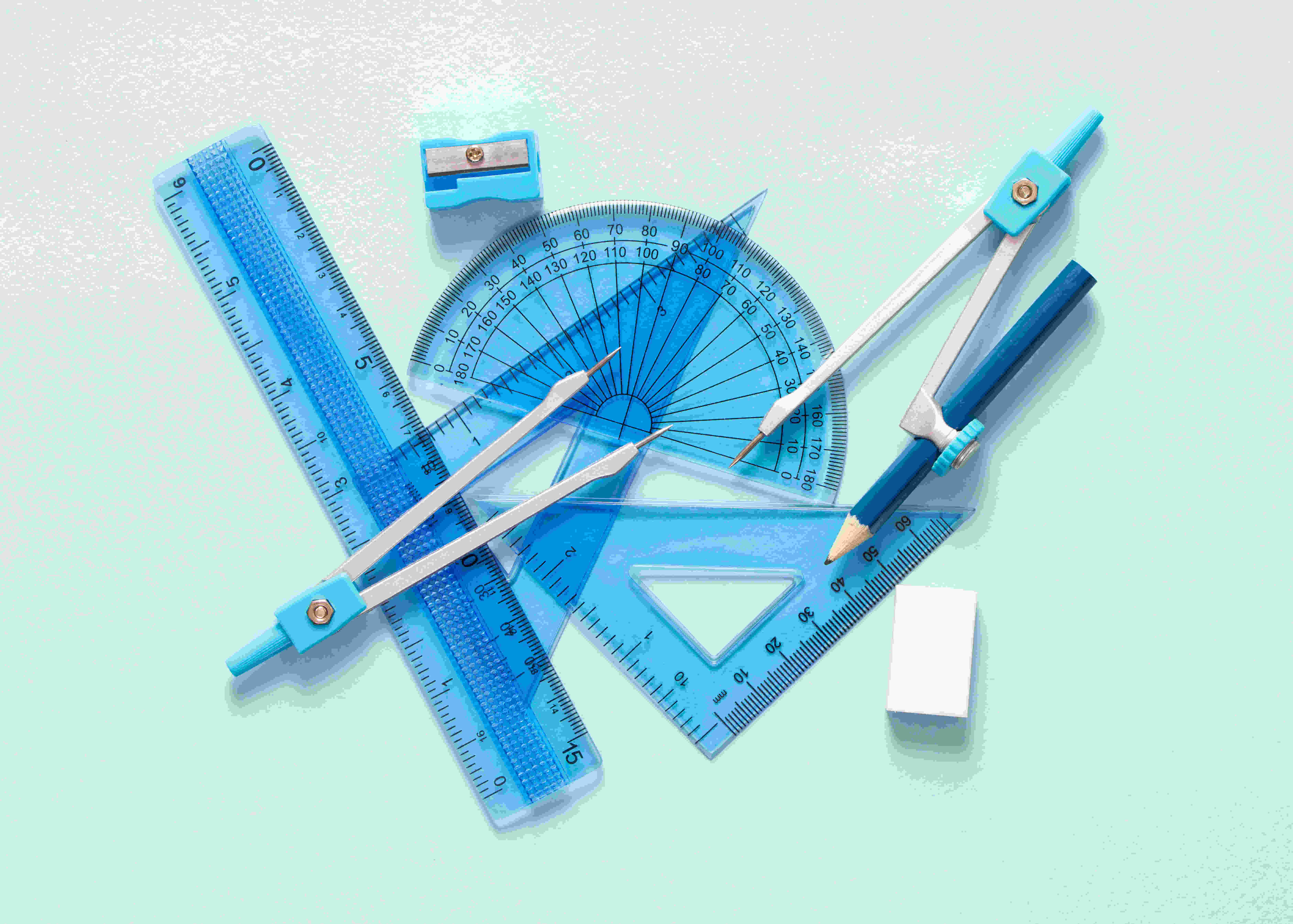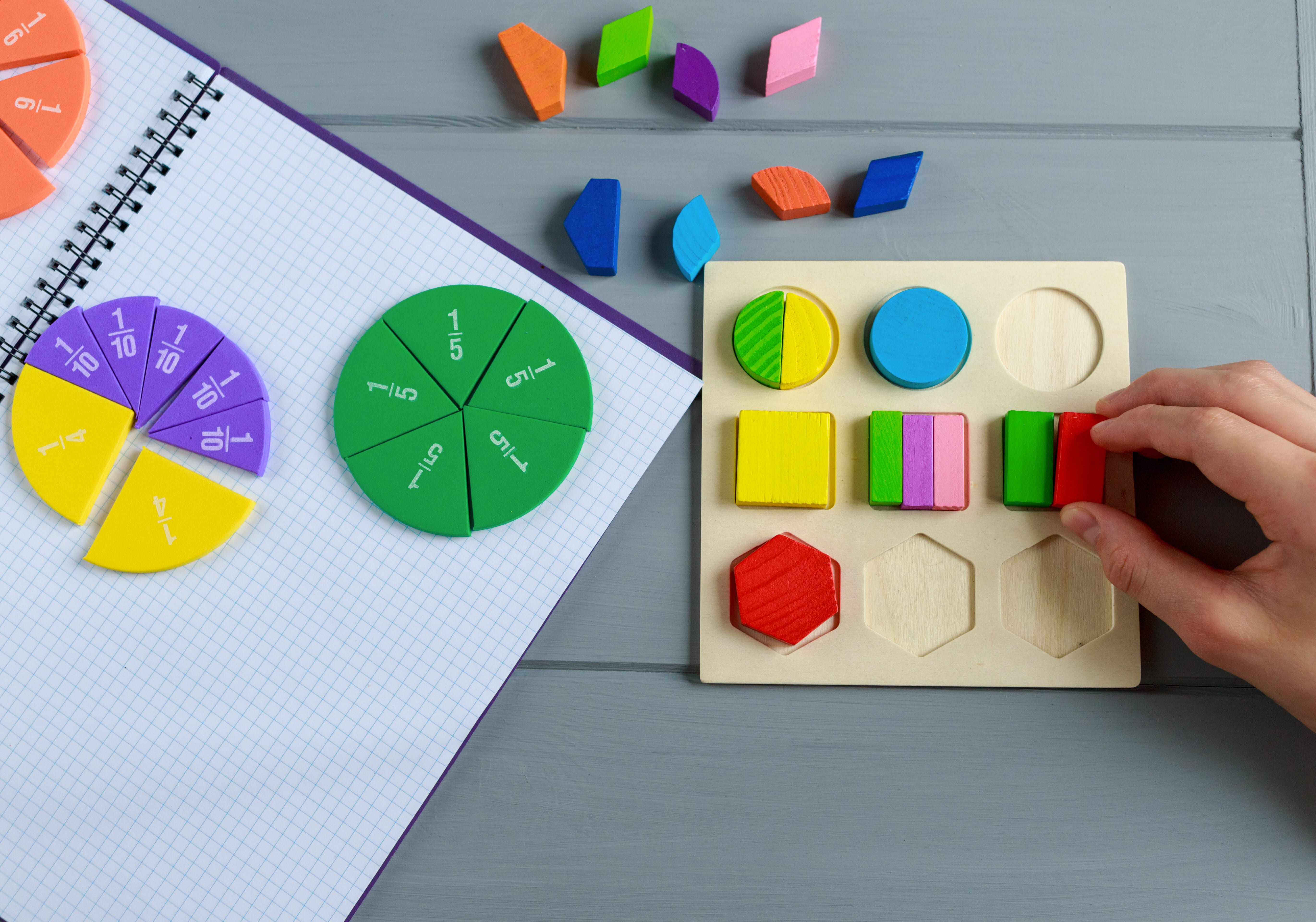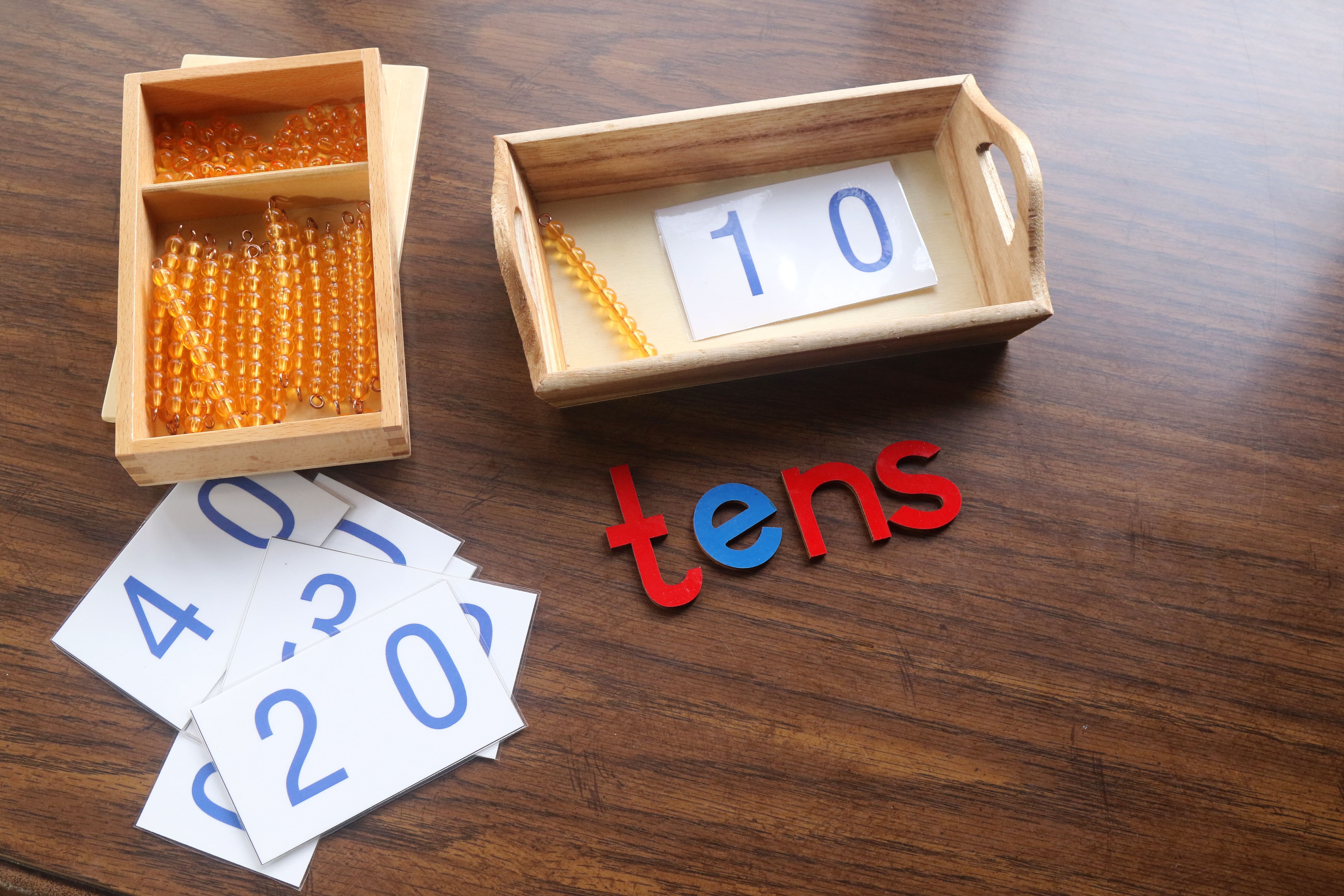Lines and Angles lesson plans for years 1 to 6

What does a lines and angles lesson plan involve?
The benefits of having a great lesson plan on teaching lines and angles in primary schools are very much the same as the universal advantages of having a lesson plan.
Having a lesson plan is one of the components of effective teaching. Having a sequence of lesson plans for angles encourages you to think about some of the headlining concerns of your teaching including:
- The basic objectives of the course
- The collection of teaching and learning activities is available and
- How these teaching and learning activities align with assessment methods
This article will aim to provide some signposting stellar line and angles activities and worksheets for years 1 through 6 especially the much-searched-for angles problem-solving for year 6 and line and angles lesson plans for year 6 too.
Objectives
Your individual lessons should be meeting the statutory requirements and the non-statutory ‘guidance’ for Mathematics — here we’re taking England but legal requirements for what should be taught probably apply in your local jurisdiction too.
At the end of year 6, the end of primary school in England, the guidance writes that students should be able to:
- draw 2-D shapes using given dimensions and angles
- recognise, describe and build simple 3-D shapes, including making nets
- compare and classify geometric shapes based on their properties and sizes and find unknown angles in any triangles, quadrilaterals, and regular polygons
- illustrate and name parts of circles, including radius, diameter and circumference and know that the diameter is twice the radius
- recognise angles where they meet at a point, are on a straight line, or are vertically opposite, and find missing angles.
These large-scale objectives for each area of mathematics, found at the end of each year of primary school, are realised in the day-to-day practice of teaching, in this case, lines and angles.
Angles problem solving
Any mathematics teacher has, at some point, explained how it’s possible to find missing angles using knowledge of known angles in a triangle and angles on a straight line.
Usually, for year 6 students, this also extends to explain how it’s possible to find missing angles using knowledge of angles in a triangle, angles on a straight line and angles around a complete rotation. For this year group, you might want to go into greater depth explaining how it’s possible to find vertically opposite angles and angles around a complete rotation.
Assessments
Assessments usually mean big high-stakes summative assessments like the SAT primary school students usually sit at the end of Key Stage Two. This does not mean teachers cannot use more enjoyable and usually quicker formative assessments to measure how well students have understood the lesson such as a quickfire Q&A round at the end of the lesson, involving writing on whiteboards or saying the answer. Some other examples can be found here.
For your younger year groups why not compare and sort common 2-D and 3-D shapes and everyday objects together like footballs, fruits, and more?
You might want to make it more interesting, not to mention motivating for your class, by awarding small rewards for correct answers.
Types of lines and angles lesson plans
As indicated by the statutory requirement above, there are all types of angles lessons and a lot of different concepts packaged into them. As a mere, and not comprehensive, overview of different types of lesson, teachers will be expected to plan for:
- Recognising and defining lines, line segments, and rays
- Identifying obtuse, acute, and right angles
- Understanding parallel and perpendicular lines
- Differentiating between two-dimensional and three-dimensional objects
Through all of these, students should be justifying their understanding of these concepts using formal mathematical proofs.
Year 1 angles lessons
Angles may actually be too complex for year 1 students in many cases. The Year 1 programme of study in England advises that students are only expected to recognise — as a matter of statutory requirement — and name common 2-D and 3-D shapes, including 2-D shapes like rectangles, squares, circles and triangles and 3-D shapes (cuboids, cubes, pyramids and spheres).
There is also the non-statutory guidance that year 1 should handle common 2-D and 3-D shapes, naming these and related everyday objects fluently. They also should become better at recognising these shapes in different orientations and sizes, and know that rectangles, triangles, cuboids and pyramids are not always similar to each other.
You can find more activities for year 1 shapes lessons here.
Year 2 angles lessons
Teaching year 2 right angles and other types of angles lessons requires great resources. This angles activity for year 2 from Max Maths introduces the major angles that students will come to know: right angles, reflex, and straight line. There’s also some other lessons, such as year 2 right angles lessons, here.
These help with the requirements of identifying and describing the properties of 2-D shapes, including the number of sides and line symmetry in a vertical line; they aid with identifying and describing the properties of 3-D shapes, including the number of edges, vertices and faces and identifying 2-D shapes on the surface of 3-D shapes.
Year 3 angles lessons
For year 3 lessons with right angles, look no further than this angles lesson for year 3.
There are plenty more resources here, including this angles poster too, which is perfect for years 3 through 6.
Year 4 angles lessons
This angles activity will fit great into an angles lesson plan for year 4, building on their existing knowledge about acute and obtuse angles. For consolidation of existing shapes knowledge, try this shapes lesson here.
Also, if you’re looking for a lesson plan to help your class quickly identify angles, why not try this angles lesson?
Year 5 angles lessons
Getting more advanced now, your year 5 angles lesson plan will involve dabbling with angles in circles. This lesson on calculating areas around a point is packed full of activities, worksheets and explanations to help get your class to grips with angles in circles.
As part of this, you will probably teach your class how to measure angles using a circular protractor. Look no further than this lesson on using measuring angles with a protractor.
Year 6 angles lessons
For year 6, try this angles lesson plans with triangles, and for a year 6 lesson involving measuring and estimating angles, this worksheet will probably be of assistance. There are some year 6 angles problem-solving tasks and other activities here to help you plan all your year 6 angles lessons.
Planning lessons with Pango.
Pango can help with all lesson planning, organising and lesson types. Teachers can browse Pango's library of over 30,000 teaching resources, all created by quality resource providers. Using Pango's lesson planning features, teachers can then assign these lessons to their classes, use the recommend resources tool to add in any additional relevant resources and track curriculum standards (both national and school-specific). The lesson planning features of Pango are free to use and our library contains schemes, units, lessons and resources that cover the entirety of the Primary school curriculum.
Find out how Pango can speed up your lesson planning whilst ensuring your class always have access to the highest quality resources.



